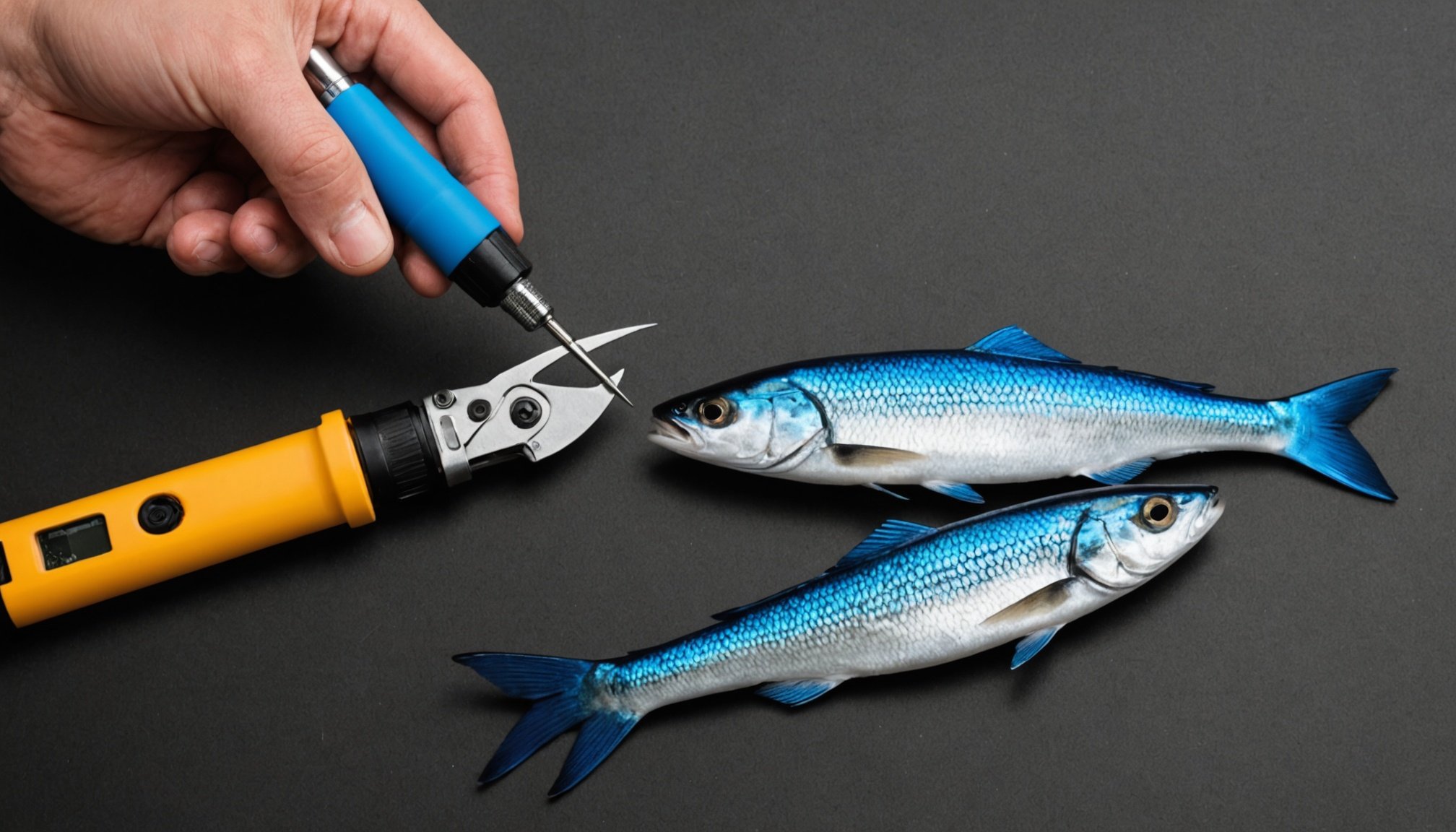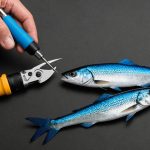Understanding Fish Scaling Techniques
Exploring the world of fish scaling techniques reveals a variety of methods employed to ensure the efficient removal of scales. Traditionally, manual fish scaling relies on the use of a fish scaler or the blunt side of a knife. This method, while straightforward and accessible, is often time-consuming and may require significant effort, especially with larger fish. It demands a certain level of skill to avoid damaging the fish’s skin or leaving scales behind.
In contrast, mechanical scaling offers a more effective fish scaling method, especially for those handling large volumes. Devices range from handheld electric scalers to more sophisticated drum scalers used in commercial operations. These tools significantly reduce the time and effort required, providing a consistent and thorough scale removal. Mechanical scaling, however, may require a financial investment and access to electricity, which can limit its accessibility.
In parallel : Unlocking culinary creativity: your ultimate guide to choosing the perfect apron style for every kitchen adventure
Before scaling, proper preparation of the fish is crucial. Ensure the fish is clean and the surface is not slippery, making it easier to handle. It’s advisable to use a cutting board with a textured surface to prevent the fish from sliding. Additionally, securing the fish’s tail can help maintain control during the process, whether manual or mechanical methods are used. Proper preparation ensures a smoother and more efficient scaling process.
Types of Fish Scalers
Exploring the types of fish scalers available can greatly influence your fish preparation process. Each type has distinct features and usability aspects that cater to different needs, making it easier to enjoy your culinary pursuits.
Topic to read : Delve into the unique flavors of troyes andouillettes
Manual Fish Scalers
Manual fish scalers are traditional tools known for their straightforward and reliable operation. These scalers often feature serrated edges that allow for effective scaling without damaging the fish. Despite requiring physical effort, many users appreciate their precision and control. Reviews often highlight their durability and ease of cleaning, though they can be more time-consuming than other options.
Electric Fish Scalers
Electric fish scalers are a modern choice that offers efficiency and speed. Powered by electricity, these devices can scale a fish in minutes, making them ideal for larger catches or frequent use. Users frequently mention their convenience and effectiveness in fish scaler reviews, though they may present a steeper initial cost and require access to a power source. They often come with variable speeds and detachable parts for easier cleaning.
Specialty Fish Scalers
Specialty fish scalers come in various shapes and sizes, targeting specific scaling tasks or types of fish. They provide unique solutions, such as those designed for delicate fish where standard scalers might cause damage. User feedback suggests these scalers can be highly effective for specific needs but may not be as versatile as manual or electric options.
Choosing the Right Fish Scaler
When choosing a fish scaler, several factors hold significant importance in ensuring both efficiency and satisfaction. First, consider the quality materials and durability of the scaler. Opting for stainless steel or high-grade plastic ensures longevity and prevents rusting. This factor impacts not just the tool’s lifespan but also its hygienic properties, critical in seafood preparation.
Next, the ergonomic design of the fish scaler should be evaluated. A comfortable grip reduces hand fatigue, especially during extensive scaling sessions. Make sure the handle fits well in your hand for ease of use. Additionally, the size and shape of the scaler’s head determine how effectively it can remove scales without damaging the fish’s skin.
In terms of cost versus performance, it is essential to balance affordability with functionality. While some premium scalers might offer advanced features, like scaling without flying scales, ensure these features align with your specific needs. It is not always necessary to buy the most expensive option.
- Material: Stainless steel, high-grade plastic
- Design: Ergonomic, comfortable grip
- Price: Balance cost with essential features
By taking these considerations into account, ensure you select the best fish scaler for your kitchen, enhancing both your culinary experience and meal outcomes.
Step-by-Step Guide to Scaling Fish
Scaling fish can be a simple task with the right preparations and techniques. Understanding the fish scaling guide is essential for achieving the best results.
Before starting, make sure you have the necessary tools ready. You’ll need a clean workspace, a sharp knife, and a fish scaling tool. Wash the fish thoroughly to prevent any slippery situations. Ensuring a good grip is vital to execute the task safely.
There are several types of scalers to choose from, each suitable for different fish types. If you’re wondering how to scale fish with a handheld scaler, hold the fish by its tail and gently run the scaler from the tail towards the head. Maintain a steady hand to remove scales effectively.
For electric scalers, position the fish in a similar manner, allow the tool to do most of the work, and move it slowly across the fish’s body. This tool is efficient for removing larger scales without much effort.
Be mindful not to apply too much pressure, as this can damage the fish’s skin and meat. Also, keep your workspace tidy to avoid common mistakes like slipping or missing scales. Regular practice will enhance your scaling skills, making the process sleek and quick.
Tips for Efficient Fish Scaling
Scaling fish can be a messy task, but with some efficient fish scaling tips, the process becomes much smoother. Firstly, working in a well-ventilated area helps manage the mess and odour significantly. Positioning the fish correctly is key—place it on a flat surface and hold it securely to prevent slipping.
Recommended practices for quick scaling include using a fish scaler or the back of a knife. Start from the tail, moving towards the head with short, swift strokes. This helps in removing scales effectively without damaging the skin. For larger, tougher scales, consider using a serrated scaler designed for such fish.
When it comes to maintaining your fish cleaning tools, it’s crucial to clean them immediately after use. Wash the scaler thoroughly with warm soapy water, ensuring the removal of all remnants. Regular maintenance prevents rust, prolonging the life of your tools.
Safety tips are vital during fish scaling. Wear a cut-resistant glove on the hand holding the fish to protect against slipping knives or sharp scales. Always scale away from your body to avoid accidental injuries. Following these practices will streamline your fish scaling process, making it both efficient and safe.











